Three Pots of Inspiration: The Met's Vaults, visual ephemera, and Dorothy, Dorothy, Dorothy!
“Darling, how do you eat a pear?”
❥This email may be truncated in your inbox. To make sure you are reading the entire post, please move yourself along to a web browser!
All words here are my own, unless otherwise stated. More from me + Absolument can be found in these places:
Website | Instagram | Book Recs Merci, thank you tons and tons for reading!
This month, in my first edition of ART CLUB, I wrote about Peggy Guggenheim’s personal art collection at her Venetian palazzo. Since I’ll be in Venice very soon, I rushed to pick up her autobiography. I am loving it and will be sure to share my favorite bits after I finish reading it. I’ve been scribbling down so many memorable quotes.
She portraits her mother in a very particular way when sharing this story:
“She had a strange habit of repeating everything three times. Once when we were dining with her at the Ritz, Laurence [Peggy’s husband] tickled her leg under the table; her only comment to this was, ‘Shush, Peggy will see, Peggy will see, Peggy will see.’ Once when she went to a milliner to order a hat with a feather, she said, ‘I want a feather, feather, feather.’ She is reported to have received a hat that bore three feathers.”
Even though I’m strongly not a fan of odd numbers, the triad has been important in my Absolument world via these Three Pots of Inspiration writings. Alright, let’s click our heels together three times like Dorothy (and Mrs. Guggenheim) and discover some inspiration from the week!
Three Dorothys that I’m enchanted by:
Dorothea Tanning (Technically almost a Dorothy.)
I’m in the midst of writing a loooong post about Surrealism and architecture, as I keep hinting about in my writings. This photograph of Dorothea Tanning, in particular, has been haunting me. In only good ways! Tanning spent seven decades creating art and had a firm stake in the Surrealist movement. She was also partnered with Max Ernst (Peggy Guggenheim’s ex-husband, weirdly) for 30 years, solidifying their place in the canon of art together.
Now, I’m itching to read her two memoirs—the first titled Birthday and the second Between Lives. Her birthday would have been last week, August 25th, and I adored reading about her ritual birthday celebrations.
Dorothy Liebes
Don’t you want to rub your hands and face all over these textiles?
Earlier this year, Cooper Hewitt held its A Dark, A Light, A Bright: The Designs of Dorothy Liebes exhibition, honoring her seventy-five years of life. Their website gives honor to her and the exhibition so unbelievably well. After viewing it, I’m left with that same colorful and tactile feeling that I received from the photograph above.
“From the 1930s through the 1960s, Liebes developed and popularized a distinctively American form of midcentury design—one that combined handcraft with newly developed materials and brilliant color. Few people wielded as much influence over the textures and colors of modern architectural interiors.
Liebes collaborated with some of the most prominent architects and designers of the time, including Frank Lloyd Wright, Henry Dreyfuss, Donald Deskey, Raymond Loewy, and Samuel Marx, on commissions ranging from Doris Duke’s Honolulu home, Shangri La, to the United Nations Delegates Dining Room. Fashion designers, including Pauline Trigère, Adrian, and Bonnie Cashin, also used her fabrics, yielding some of the most distinctively American fashions of the mid-twentieth century.
Her luxurious handwoven fabrics combined vivid color, lush textures, unexpected materials, and a glint of metallic—a style that grew so prevalent it became known as the ‘Liebes Look.’”
It appears I’m going to need to add another exhibition catalog to my collection…
I especially admire that she was able to pivot between textiles for the body and for the home—and to be equally as successful in both sectors. Until now, I had honestly only related her to interior fabrics, so it’s wonderful to discover the clothing side.
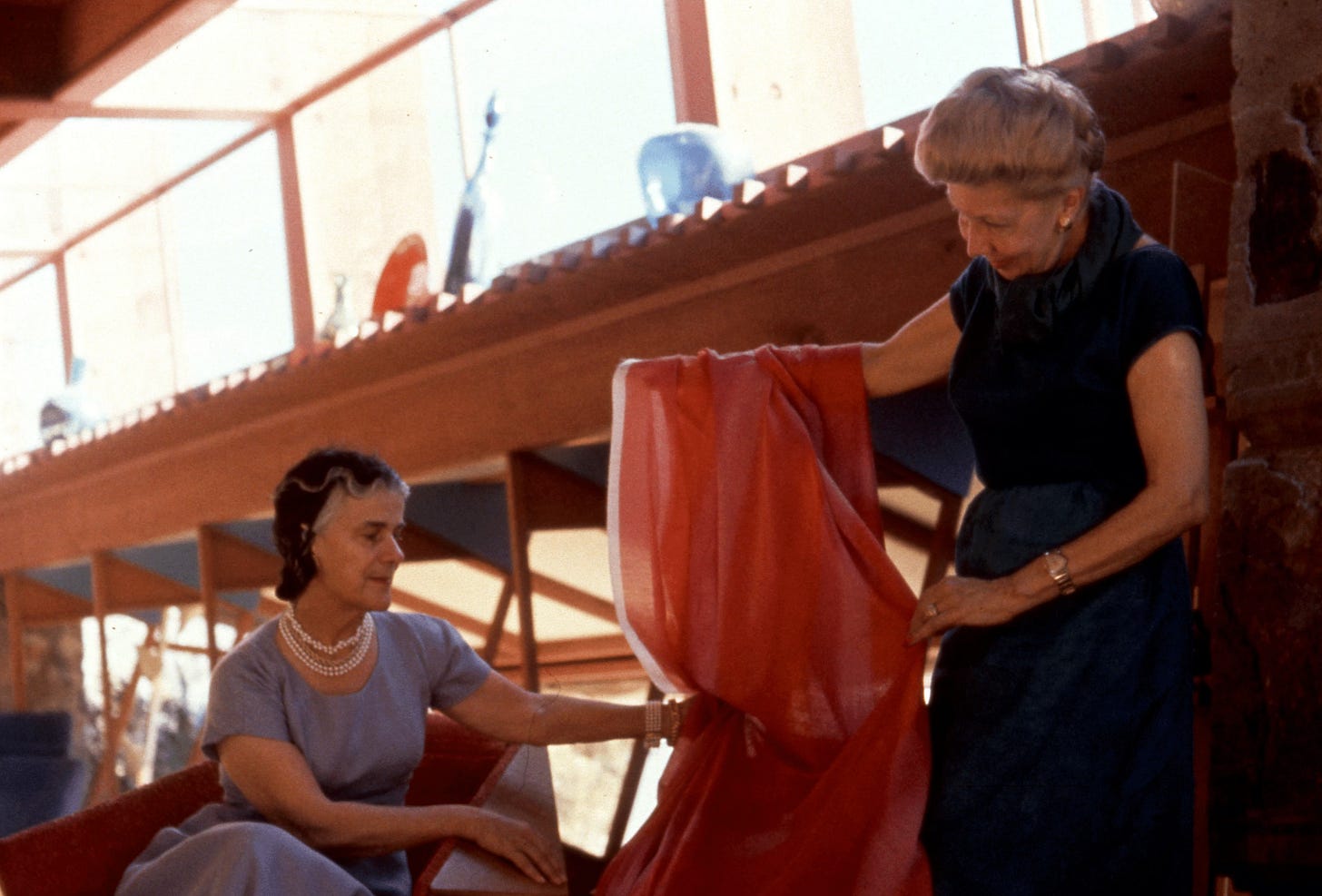
Toto’s Dorothy
It, in a snap-of-a-finger moment, made me revisit the world’s most famous red shoe. Dorothy from the Wizard of Oz may be one of my subconscious’s style inspirations. I may not be running around with pigtail braids and gingham, but the femininity of a 1930s/’40s pair of heels like hers, a little pair of ankles socks, and delicate dress—it’s my ideal!
The Judy Room went in-depth about Dorothy’s costuming in a way that I’ve never seen before. There’s so much romanticism in the various costumes and hairstyles/makeup during testing—and the 2001 mini-series Life With Judy Garland is just as charming (you can watch a great clip of this mid-way down on the page of the Judy Room link above).


Three films from The Met’s Vault:
Have you seen The Metropolitan Museum of Art’s video series From the Vaults?
“Take a trip in time with selections from the Museum’s extensive moving-image archive, which comprises over 1,500 films, both made and collected by the Museum, from the 1920s onward. This includes rarely seen artist profiles and documentaries, process films about art-making techniques, behind-the-scenes footage of the Museum circa 1928, and a surprising history of cats at The Met.”
There are way, way more than three videos in this series that I want to absorb immediately. So this list was tough to narrow down!
I loved watching Louise Nevelson bat her thick, velvety eyelashes for 28 minutes, exhibiting so much humor and grace and wisdom while being completely in charge of impressive sculpture creations. My previous admiration of her grew tenfold. Seeing her name and/or her art takes me back to being 22. I worked on an archive project for a major gallery in New York City for a summer. I remember being in art heaven (and a little terrified of the big *art world*), and having the art warehouses as my stomping ground. One of my coworkers nonchalantly asked me to “climb up on the Nevelson real quick to grab the [other piece of art nearby].” My eyes widened and I didn’t know if he was serious or not. I settled for grabbing a ladder instead. I would never disrespect Louise!
In the above video, a man (possibly a Met employee?) began to ask Louise about the creation of the sculptural planes in her newest series. “How do you arrive at those ingredients, simultaneously, with the large surface? She responded naturally, “Darling, how do you eat a pear?” I wish I was this poetic and mysterious while answering questions.
I remember many counts of Isamu’s exactness and temper coming out in the biography Listening to Stone, and it’s interesting to see it in video form! It allows us to witness his intensely serious blue eyes and his 1960s television actor-esque accent fiercely defending the installation of his sculpture. At one point, he dumps an entire bag of rocks on the ground (1:22), not caring that they were destined to fall directly onto his feet. It took seven hours to place the rock perfectly. Nobody was pleased the entire time, until a glimmer of a Noguchi smile appeared toward the end. This ordeal doesn’t match the level of serenity I always feel when experiencing his art!
Overall, I admire him for his ability to fight for perfection in his artwork. Although, even in the end, he says that a mistake in the final product is an act of nature and he didn’t want to push more to make it absolutely perfect. I am proud of the patience displayed by The Met’s 1987 installation team, that’s for certain.
The Eighteenth Century Woman! This one is REALLY good, including a shouting Diana Vreeland, losts of symphonic music, and powerful women making decisions in museums!!! The Met described the 55-minute video as a “rollicking, over-the-top documentary” and I agree. Naturally, I never thought a documentary about frilly 1700s clothing would have this much of a bang. “Clothed in silks, ruffles, fringes, flowers, and laces, these 18th century woman created the world where men became her willing complement. Never has feminine charm been applied with such grace, subtlety, and ultimate success. For them, fashion was a vehicle to power.” I had chills while watching.
Invite your friends to read Absolument ! and receive a “paid” subscription for free.
When you use the referral link below, or the “Share” button on any of my posts, you'll get credit for any new subscribers. Simply send the link in a text, email, or share it on social media with friends.
3 friend referrals gets you 1 month free access to all posts
6 friend referrals gets you 3 months free access to all posts
25 friend referrals gets you half of a year free access to all posts
Three pieces of ephemera I enjoyed this week:
The Bauhaus shared this story about Otti Berger, who I fan-girled out about last month.
Q: What interests you about the textile designer Otti Berger?
A: My grandfather, Walter Low-Beer, would touch a fabric like you sip a glass of wine with your lips. His fingers told him where the materials were from and how they were put together. My grandfather would say we need to regain our sense of touch in the materials that surround us. Otti Berger, for me, has the most sophisticated sense of touch of the 20th century. She has shaped my sense of touch. She weaves textiles with the touch of snow, as she writes:
‘We can weave a white fabric, with the glitter and shimmer of snow, the hard shine of porcelain and a soft transparency of a blossoming flower.’
Otti Berger realised how rich touch is as a sense, the umami of senses, used to awaken artist sensibility at the bauhaus.
There are layers to her sense of touch. The first layer is the feeling of material and structure with the hands. Otti writes ‘Fabric can be understood with the hands as much as color to the eye or sound in the ear.’ She was taught by Paul Klee who explained that touch reveals the ‘traces of discrete movements of the hand…like footprints in the snow.’
The second layer is visual touch…[Read more]
I’ve been slowly visually rebranding myself online because I realize that my tastes have evolved quite a bit over the last decade. As they should! My identity and I used to be starkly attached to the modernist architecture movement of the 1940s-1970s, mostly in California. My personal website carries the slogan “Stuck in the year 1962” because so much of my livelihood (I created it in February of 2020) revolved around the period.
I still feel VERY connected to this era and design movement, but I’ve slowly drifted away from the sometimes kitschy feeling of the 1950s housewife, and I’ve been floating more into the antiquity of France and back into the early moments of “modernism” in art history. The modern movement actually began in the late 1800s! And I’m finding myself paying more attention to—and loving—the earlier segment just as much as the year 1962. Absolument has been a channel where I’ve been able to hyper-explore those design aesthetics and the people/places who created the movement.
I made this moving collage as a first rebranding experiment, as a nod to Surrealism:
Which brings me to the third featured ephemera: I discovered Gemma Penya Ferrer this week and I feel like I found a visual soul twin! From her website, she describes herself as a:
“visual researcher working across the fields of art, fashion industry and culture.
Her work involves delving into digital and physical archives, including private collections, to unearth visual content for brands, photographers, art directors, and advertising agencies. Her role is crucial in transforming their ideas and visions into tangible visual material for various projects.
Approaching each project with aesthetic sensibility, Gemma also extends her expertise to offer Image Licensing services on archive footage.”
So, I am ecstatic to see Gemma’s Instagram, because it feels like a sister/cousin/twin/whatever of the direction I’m finding myself in this year. Plus, she seems cool as heck.
“Why does this lady have a fly on her head? A 'Portrait of a Woman of the Hofer Family’” by The National Gallery about “the tricks that artists play on us.” A good reminder that art doesn’t need to be stuffy—or hygienic.
Other Notes:
Sending along another huge thank you to
for surprising me with a SUPER sweet mentioning of my Substack during her Taeste Buddies interview with ! I was reading along, pumping myself up with inspiration from Ali’s ideas, per usual, and immediately put my hand on my heart when I read this part:
An emotional moment!!
And thank you so much to Leonora Epstein of
for mentioning my writing on her list of design newsletters “that deserve your attention.” I recommend you read her post Why Substack Is Changing the Design Discourse aaaand all of her other writings too!Speaking of DESIGN! For my work at the Eames Office, I wrote an article this summer about Charles and Ray’s use of models in their design practice. Honestly, I could write a book about this topic. Their oeuvre spanned forty years together, and models—alongside photography—were the base of their creative discourse.
Another time where I’m floored by the words of
. This time, it’s about sensitivity as a strength. One more thing that I appreciate about her writings is that she often pairs them with a Dorothea Tanning painting!I just ended an almost 3-hour zoom call with Sarah, a friendship we’ve been meaningfully nurturing online. It was our first official meeting and we were both enthusiastically chatting (and practically dancing) while describing all things art, writing, design, daily life, work, sensitivity, and the list goes on. A little shoutout of thankfulness to her here because I know she is a huge supporter of Absolument. :) Stay tuned—we have some collaborative projects brewing!
Honorary mentions for The Met’s Vault series videos: Behind the Scenes: The Working Side of the Museum, 1928 | Alice Neel: They Are Their Own Gifts, 1978 | Famous Foreign Lady Captures Heart of New York, 1963 | La Belle Époque, 1983 — Featuring Diana Vreeland and Douglas Fairbanks Jr. | The Cathedral of Chartres, 1970 | The Sun and Richard Lippold, 1966
**
I’m going to go watch more of The Met’s vault series—à tout à l'heure !
Kelsey Rose







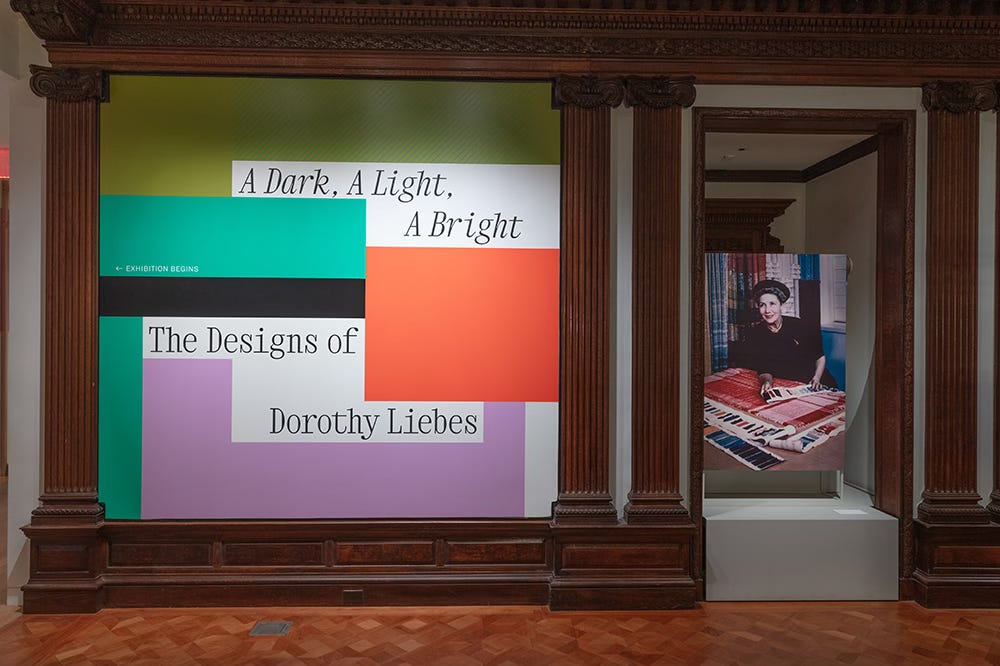


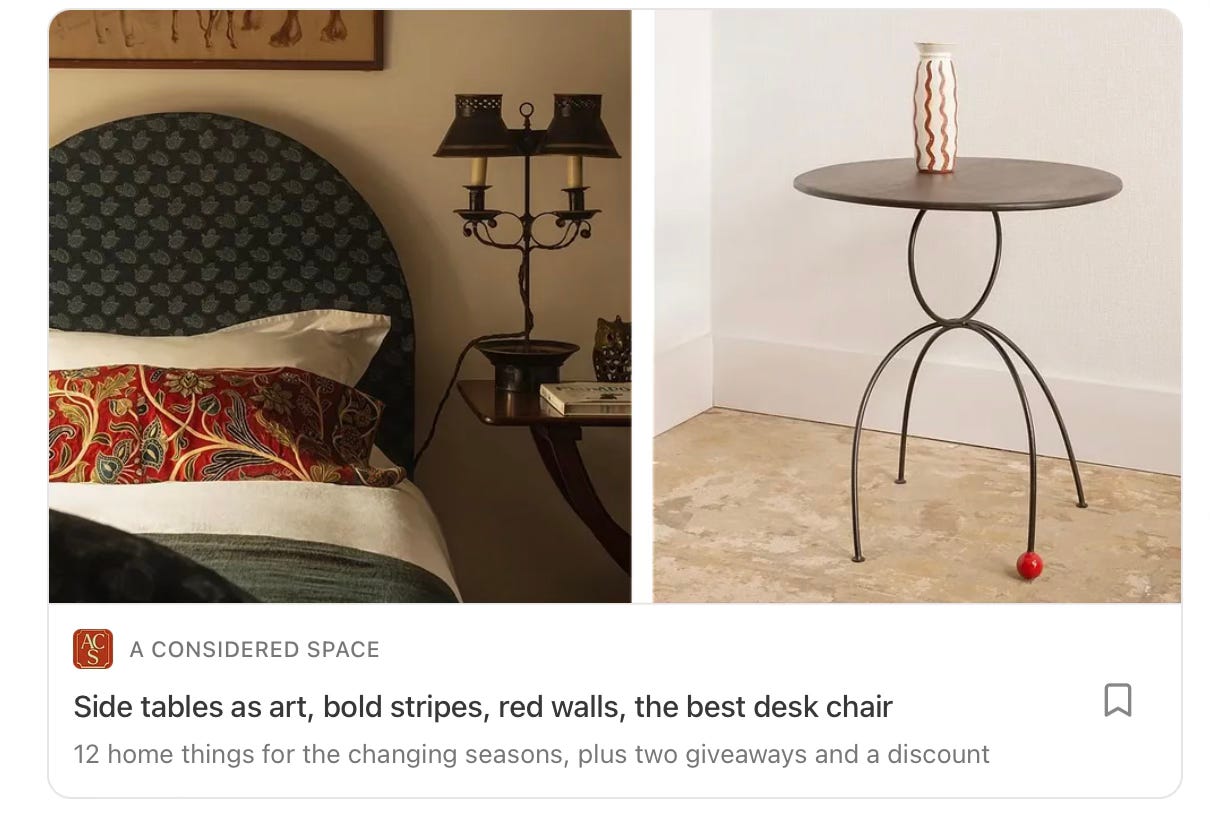

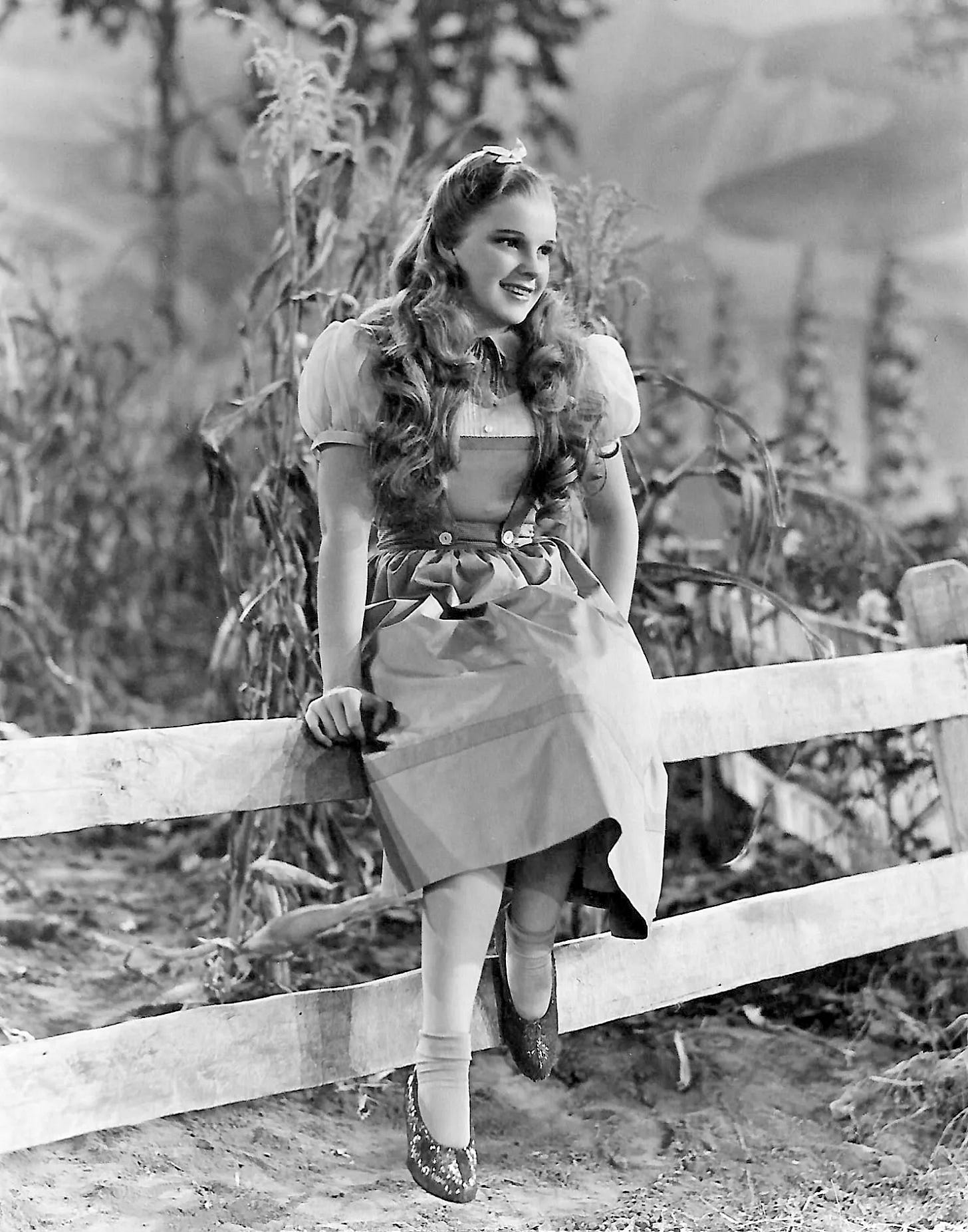


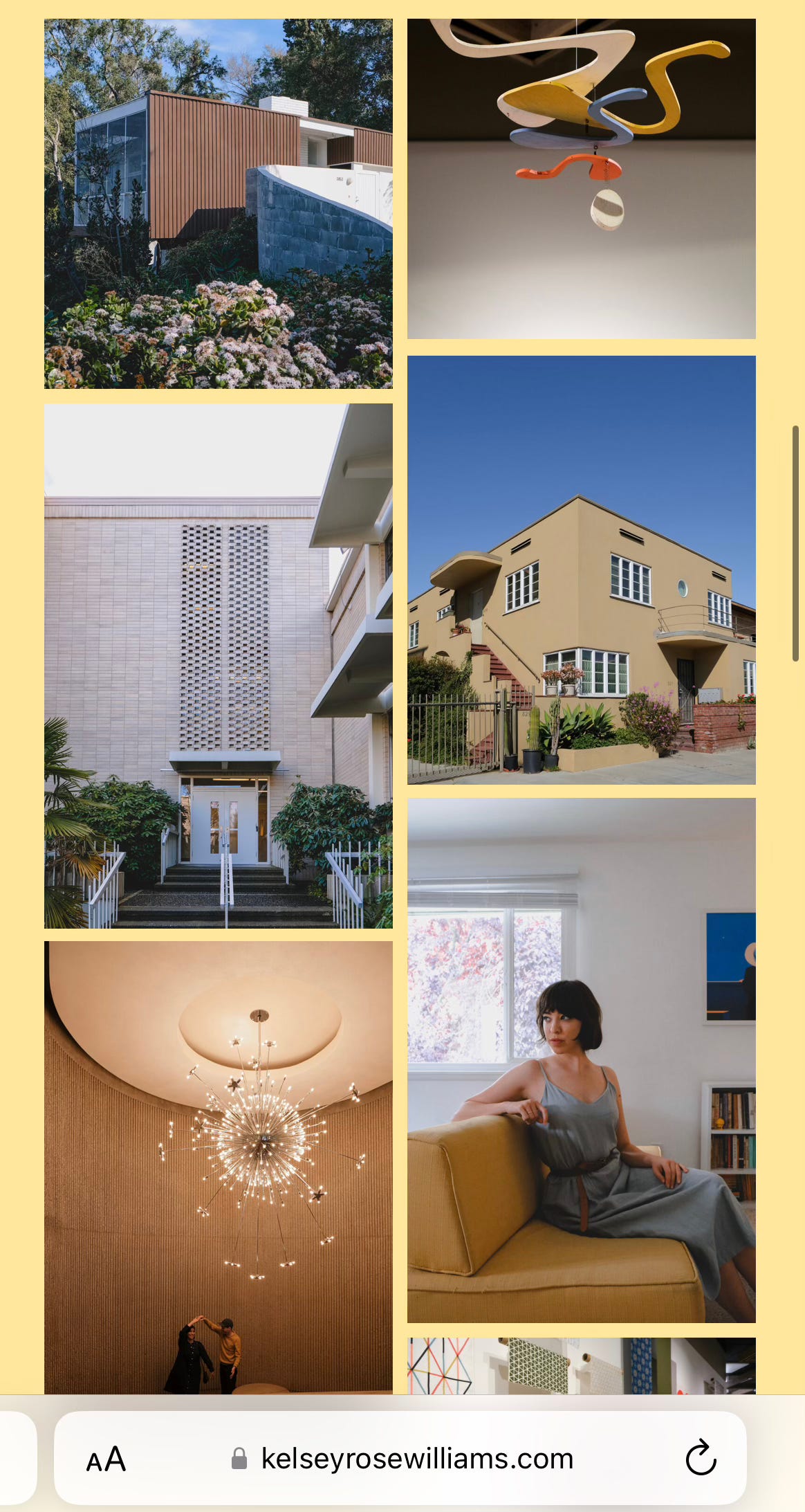

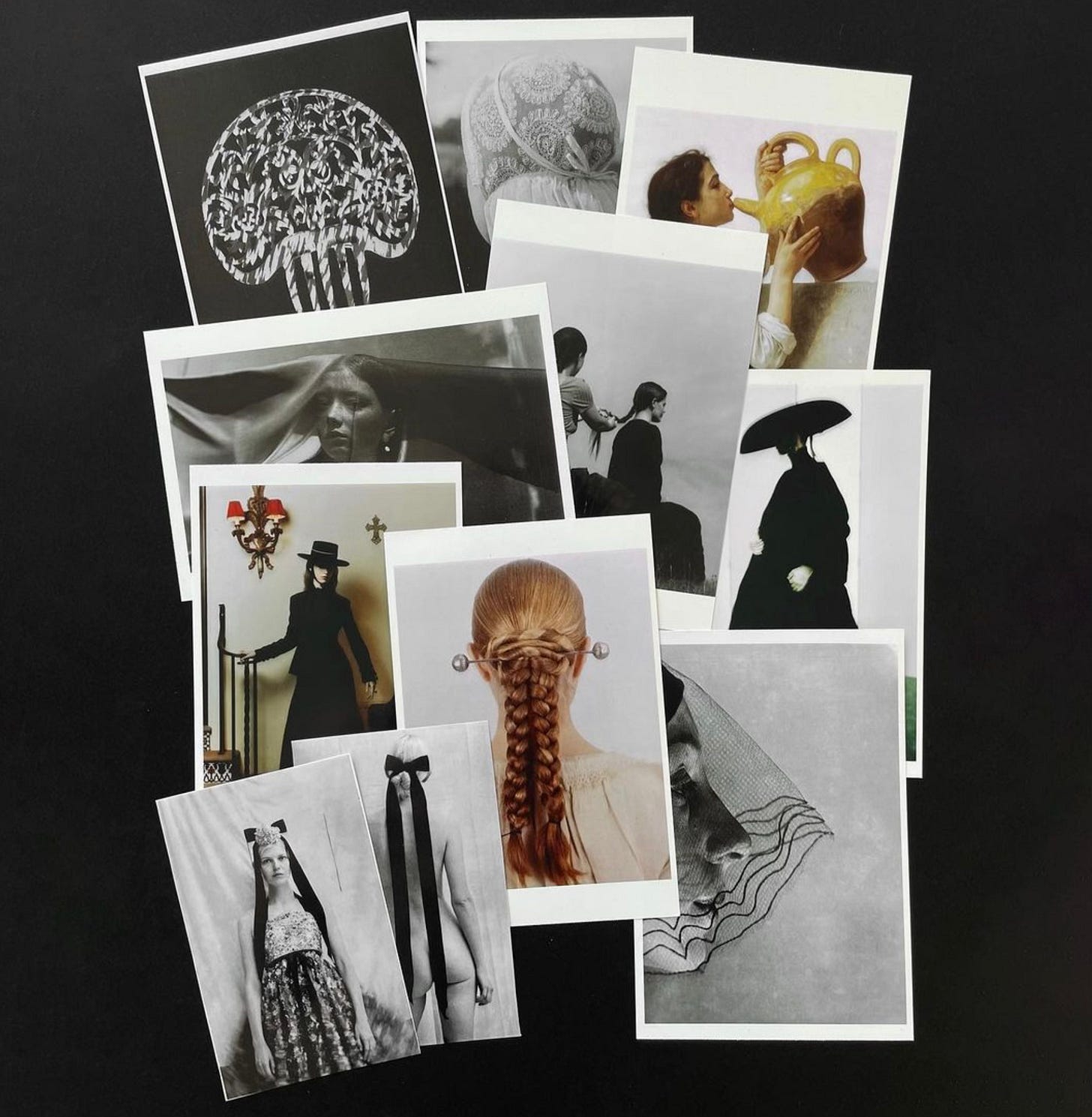




Ok I’ll read Peggy’s autobiography with you!!! Been meaning to and this is the perfect excuse
There is good documentary on Peggy Guggenheim on Amazon. I watched it before my visit to her palazzo - highly recommend!